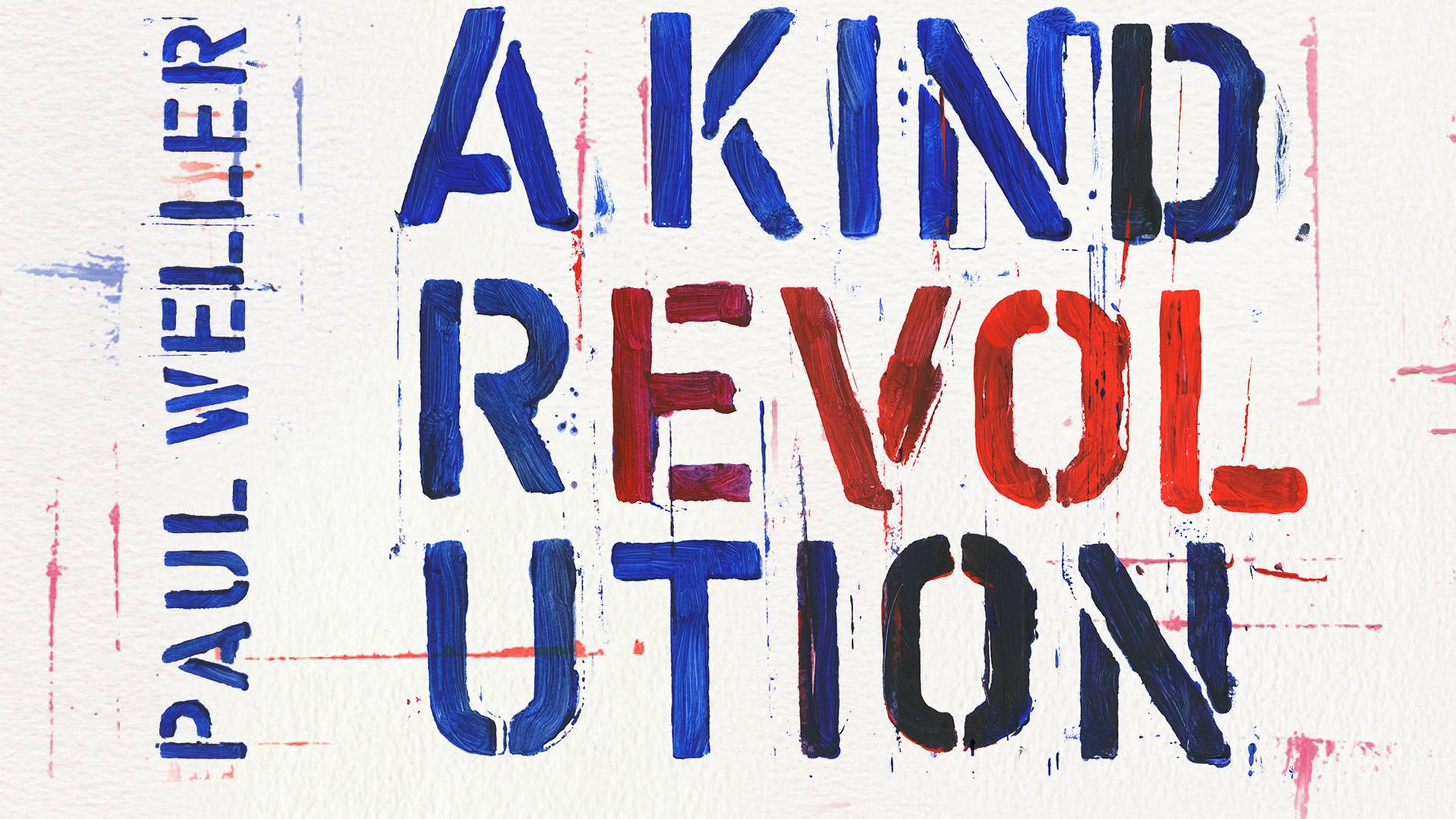In recent months, new wave legend Paul Weller has been presenting current selections from his vast catalog―selections that are, as always, mostly devoid of nostalgia―during his “A Kind of Revolution” tour. The tour concluded with a series of arena shows in the U.K.; the closing night performance was March 3 at London’s O2 Arena.
Weller is more of a cult figure in the United States, which means the venues he plays here are smaller. Case in point: Washington, D.C.’s 1,200-seat Lincoln Theatre. That’s where Weller’s longtime FOH engineer, Andrew “Ange” Jones, got to work in what he termed a “unique” venue.
Two-Drummer Setup
Jones’ two DiGiCo SD10 consoles accommodated 96 channels in mono or stereo (with 12 flexi channels, 108 total). He made use of both onboard effects—hall reverb, drum reverb, band reverb, drum dub, delay and big reverb for special moments—and outboard effects from his TC 2290, Yamaha SPX2000, Lexicon PCM 91 and Korg RE20, with Avalon 737 for main vocal mic amp/compression; he doesn’t use plug-ins. FOH accommodates 62 inputs.

The main vocal mics are Telefunken M80s, with SM58s for backup vocals. Shure KSM 32s for used for electric guitars. Elsewhere were the ubiquitous Shure SM57 snare top, B57s snare bottom, with Sennheiser 904s on all toms and AKG 414s on cymbal work; then Shure SM 81s on hats and rides, 91s on inner kick, and M88s for outer kick and bass mic, with a Leslie bottom. There were also two SM 98s on the harmonium and various Radial DIs throughout.
This setup interfaced with a monitor system that was provided by Sound Image.
In a departure from the norm, there were two drum kits on the stage on this tour, “which can have its inherent problems, as we used mostly hired backline; the toms, especially, are variable in quality. So it’s a fine-tuning process. And because all the musicians sing, there’s the issue with the drum vocals becoming the third overhead or snare mic, depending on where the mic is swung around to after use. That can add that extra dynamic, which you need to be aware of, though I have them fairly well trained by now.”

Mix Evolution
Another distinction of this tour was simply working in the Lincoln Theatre, Jones says. “We found that the house system was strangely configured when we got there. There was a left and right center hang of d&b V12s and 8s, which are way up in the air and angled at approximately 110 to 120 degrees from each other, perhaps 12 to 15 feet apart. This caused phase/combing issues, which the theater staff was aware of.”
The result? “A very notchy EQ,” Jones continues. “But we also needed to add a 9dB shelf from 4k to 16k in order to achieve any real presence in the mix. We also had to reposition for stage width, with the subs off-stage in the orchestra pit, in a sub line arrangement; due to time issues, we did not get to tune fully. So we were kept pretty busy.”
But really it was just another day with a new twist for Jones, who has been mixing Weller for more than 25 years. “My mix has evolved with him,” he says. “The band’s lineup has gone through many variations during that time, with the present group a six-piece ensemble. Two guitars, bass, two drummers, percussion samples, as well as traditional percussion, with a multi-keyboard setup.
Related: 9:30 Club in Washington, D.C., Installs DiGiCo SD8 Digital Mixing Console, by Matt Gallagher, Mix, Feb. 11, 2015
“The present show varies from full double-drum heavy rock songs to a full-on acoustic set, including a harmonium on keys and multi-harmony vocals,” Jones adds. “So my approach is dynamic and subtle. I like the dynamics of the songs to come through, but try to limit excessive volume, even though I have two extremely loud guitars to deal with. And we do still use wedges and side fills, so the offstage sound is also a large ingredient in the mix, especially in the smaller venues.”
Setup Times
The biggest challenge was getting the various house P.A. systems to work. “We’ll go from a full L-Acoustics line array one day to four Arcs per side, with not all the drivers working, the next day,” Jones says. “But the tour has been structured around playing venues that supply a house system, so, of course, there’s a large variation in venue size and format, from the 2,000-seat theaters to the 600-capacity clubs.
Related: Paul Weller Back on the Road with Harman Soundcraft Vi6 Digital Console, Mix, June 4, 2015
“I have to say, though, that the majority of venues these days offer a very adequate house system, and some are excellent,” he notes. “That hasn’t always been the case.”
As is usually the case, the setup comes down to cost. “We’re on a fairly tight budget, so load-in/setup times are restricted and there is very little time available for the fine tuning I would like,” Jones says. Then, jokingly, “That’s what the first three songs are for, isn’t it?”







